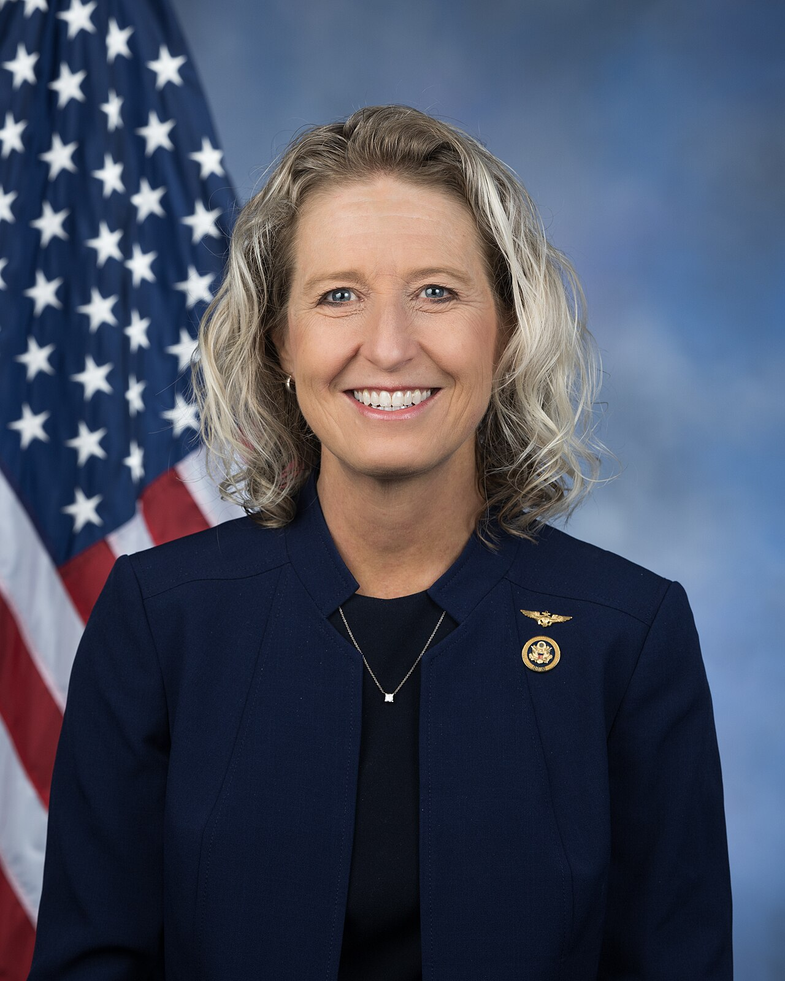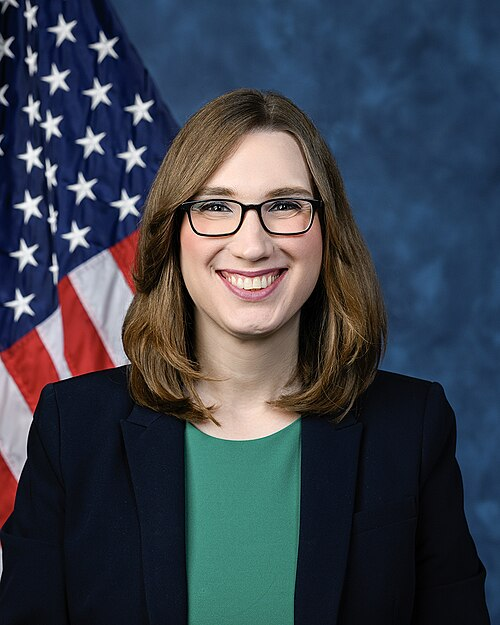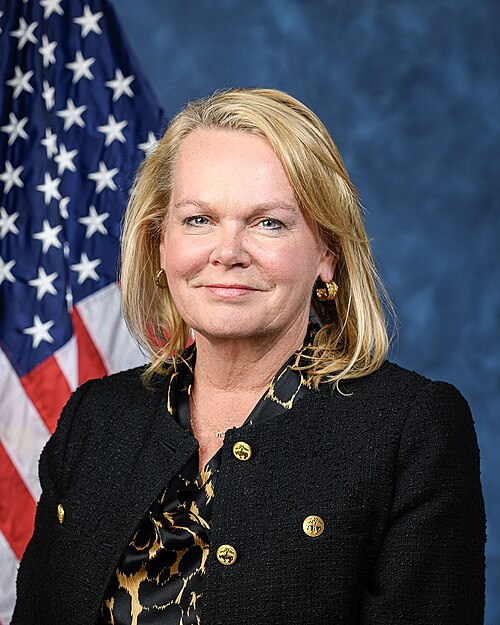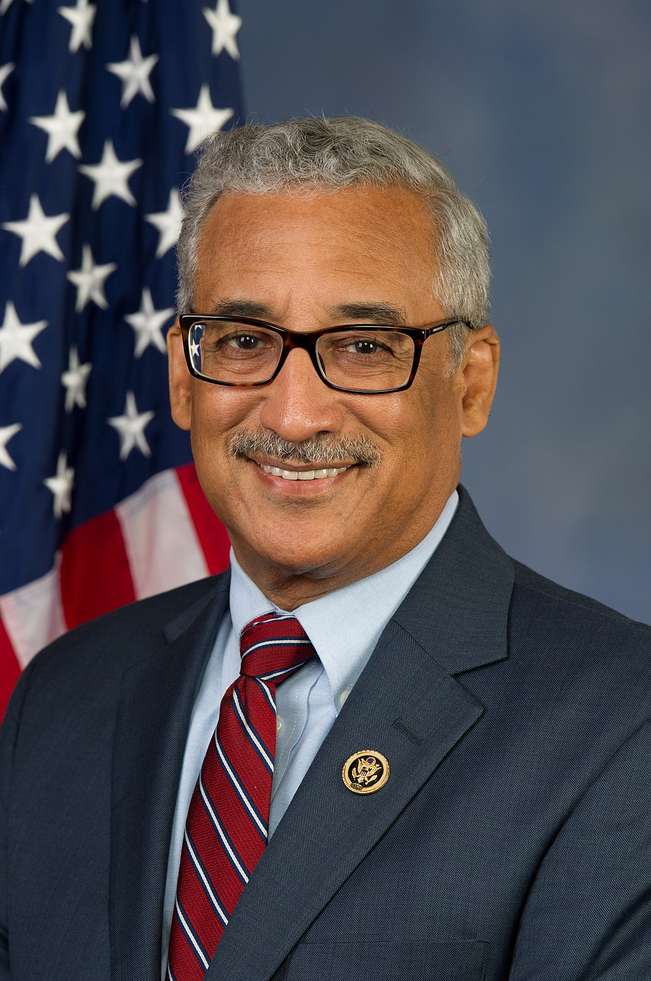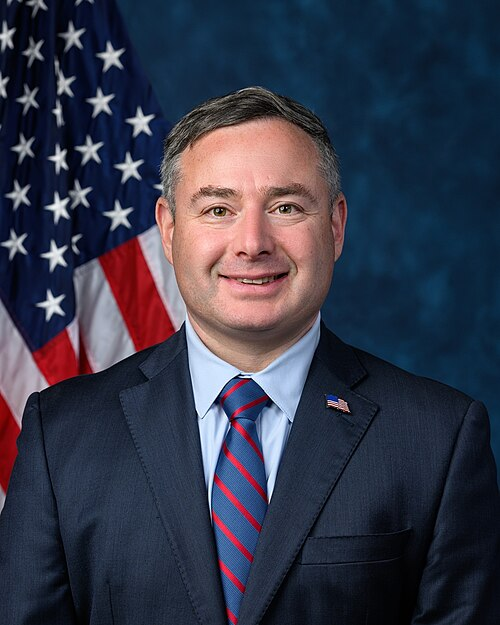H.R. 2091: Chesapeake Bay Conservation Acceleration Act of 2025
This bill, known as the Chesapeake Bay Conservation Acceleration Act of 2025, aims to enhance conservation efforts in the Chesapeake Bay watershed. Here are the key components:
Chesapeake Bay States Partnership Initiative
The bill establishes a new initiative focused on improving conservation practices on agricultural lands within the Chesapeake Bay watershed. The main objectives of the initiative include:
- Improving water quality and quantity.
- Restoring and preserving soil, air, and other related resources.
- Increasing the resilience of agricultural production against climate change.
Conservation Activities
Funding will support various conservation activities aimed at:
- Controlling erosion and reducing nutrient levels in water sources.
- Planning and implementing measures for habitat conservation and restoration.
Special consideration will be given to applications that target river basins where nutrient reduction efforts will be most efficient.
Conservation Reserve Programs
The bill extends the authorization for the Conservation Reserve Enhancement Program, allowing more flexibility in land eligibility, fostering practices that enhance water quality through the creation of riparian buffers and other conservation lands.
Chesapeake Bay Watershed Turnkey Pilot Program
A pilot program will be created to facilitate the establishment and management of eligible conservation practices within the watershed, minimizing costs and paperwork for participants. The program will also utilize technical service providers for assistance.
Workforce Development
The bill includes provisions to enhance food and agricultural education through grants and fellowships. It emphasizes the importance of training professionals in food and agricultural sciences, as well as supporting work-based learning initiatives in higher education institutions.
Natural Resources Conservation Service (NRCS) Direct Hire Authority
This provision allows for direct hiring of qualified candidates into positions that provide technical assistance under conservation programs, streamlining the hiring process for the NRCS.
Regulatory Oversight for Invasive Catfish
The bill transfers regulatory oversight for domestic, wild-caught blue catfish and flathead catfish deemed invasive to the Chesapeake Bay ecosystem from the Department of Agriculture to the Food and Drug Administration (FDA), aiming for integrated inspection processes to reduce duplication of efforts.
Implementation and Reporting
The Secretary of Agriculture is tasked with implementing the provisions of the bill, including establishing and managing programs, providing reports on progress, and coordinating with relevant agencies.
Funding Authorizations
The bill outlines the need for appropriate funding levels to support these initiatives from fiscal years 2026 through 2031.
Relevant Companies
None found
This is an AI-generated summary of the bill text. There may be mistakes.
Sponsors
7 bill sponsors
Actions
2 actions
| Date | Action |
|---|---|
| Mar. 11, 2025 | Introduced in House |
| Mar. 11, 2025 | Referred to the House Committee on Agriculture. |
Corporate Lobbying
0 companies lobbying
None found.
* Note that there can be significant delays in lobbying disclosures, and our data may be incomplete.
Potentially Relevant Congressional Stock Trades
No relevant congressional stock trades found.




